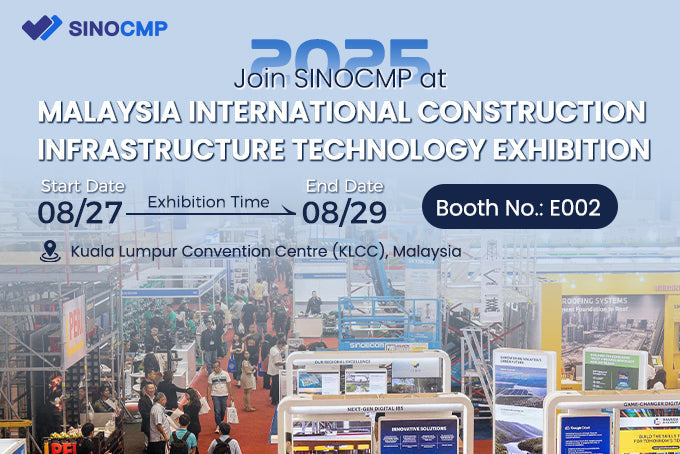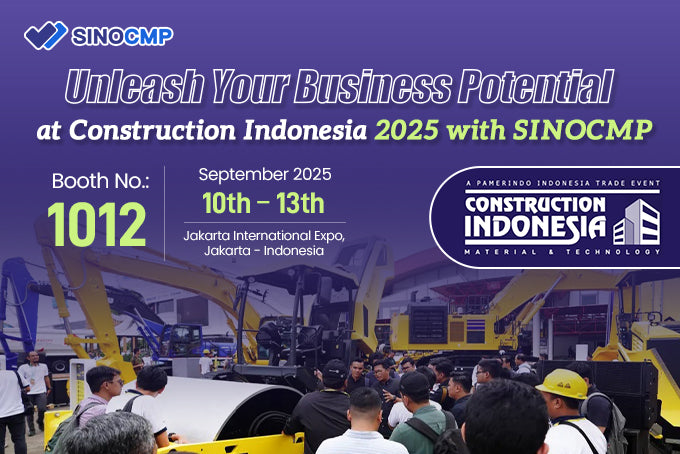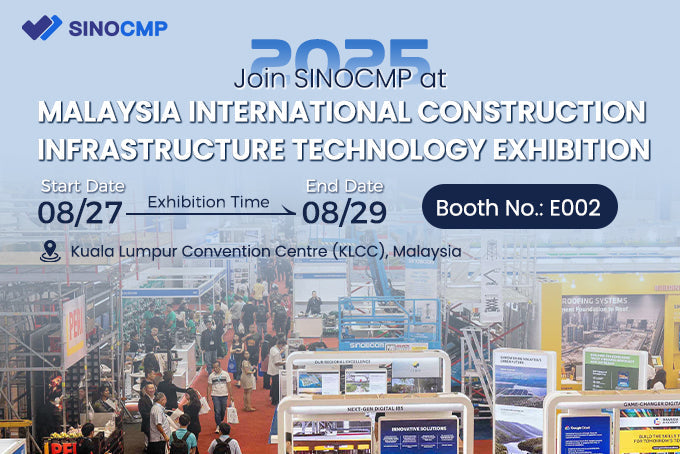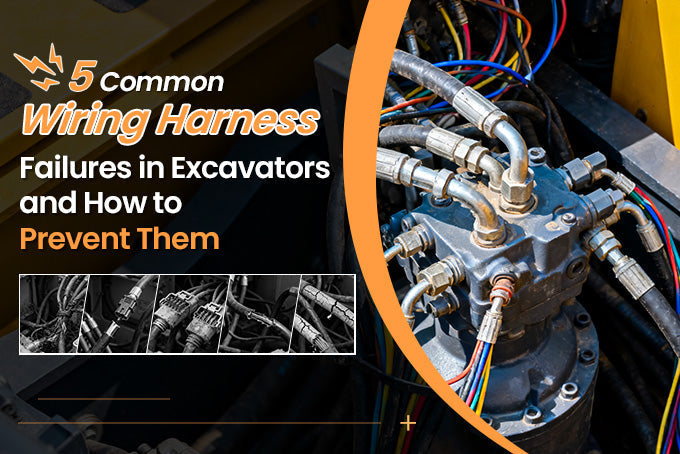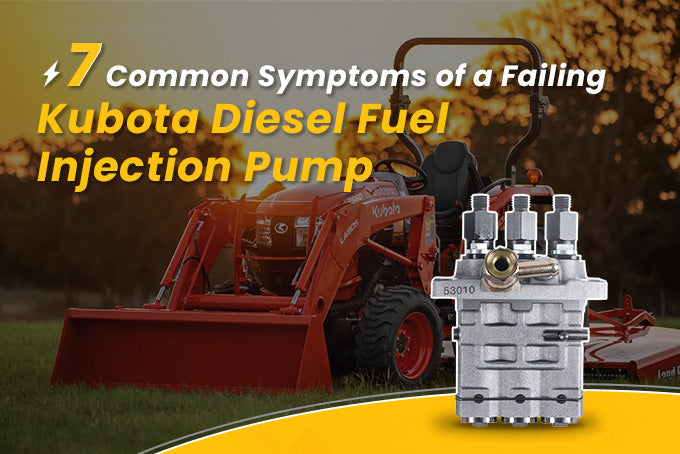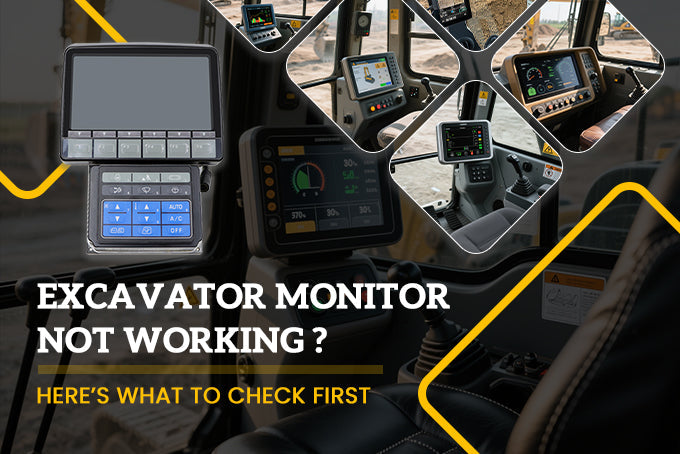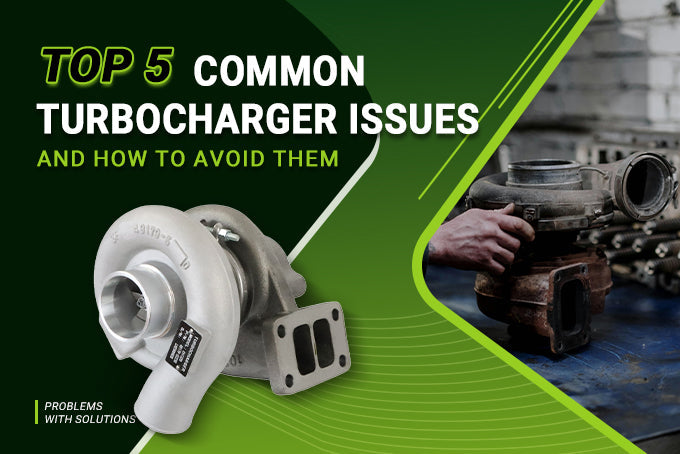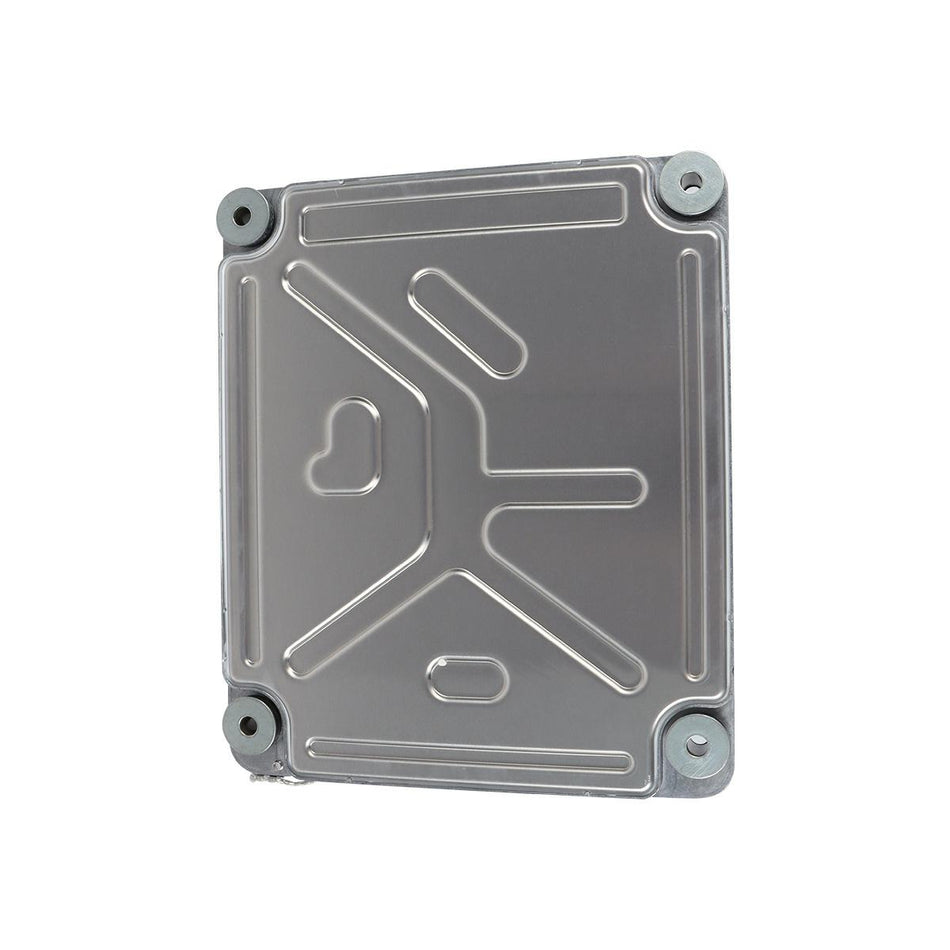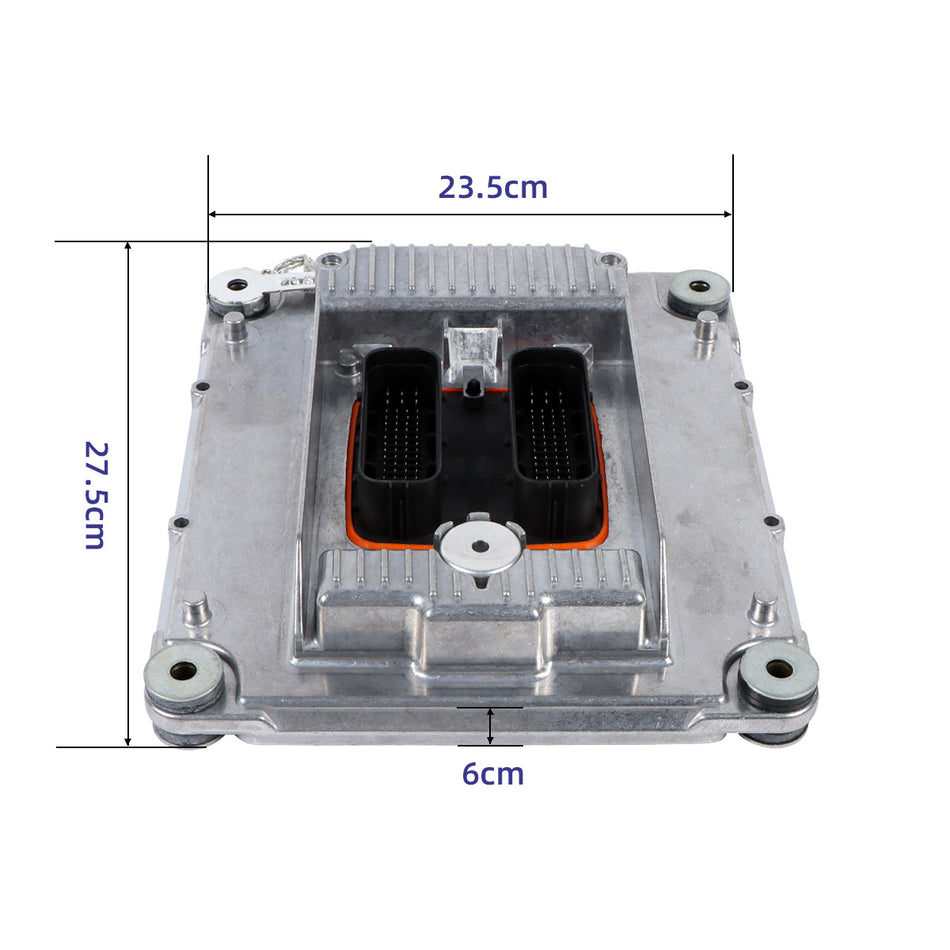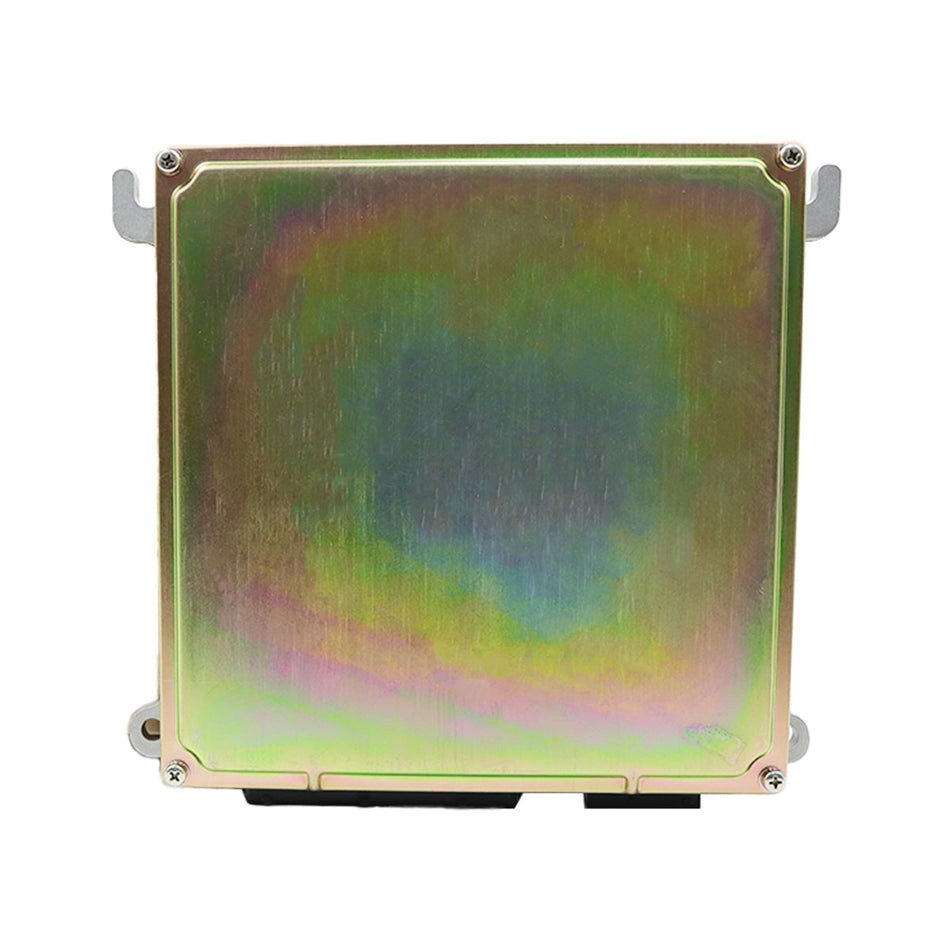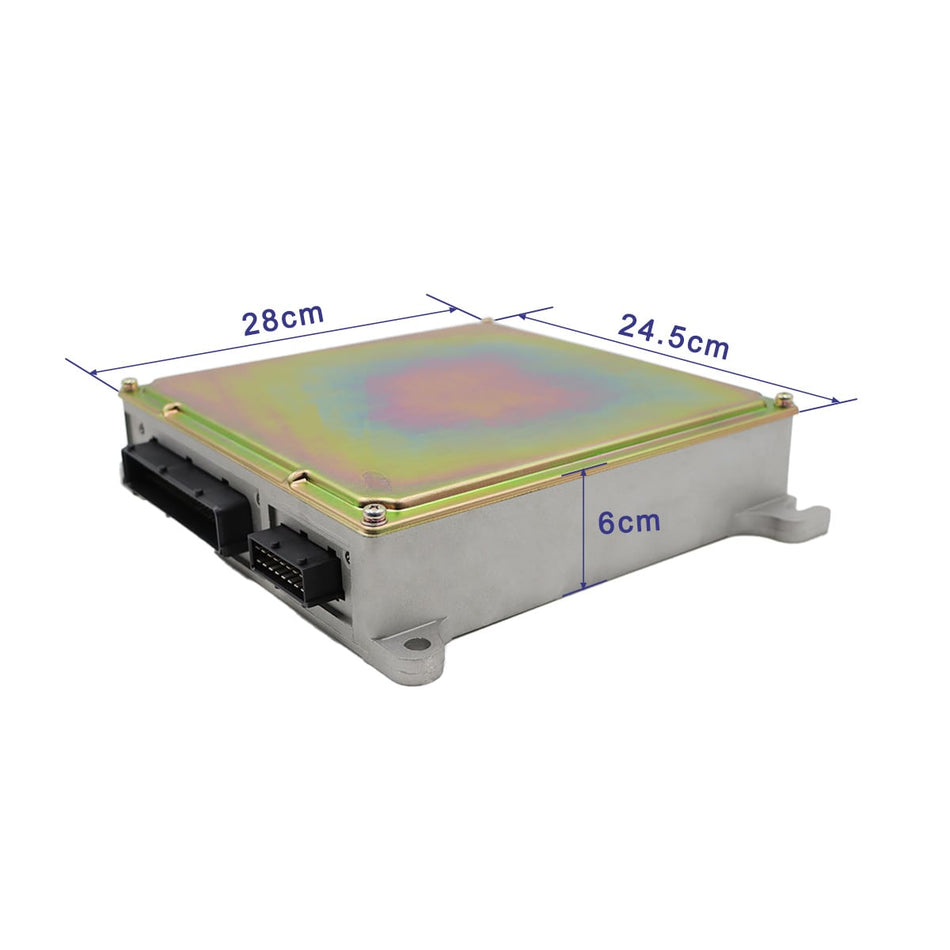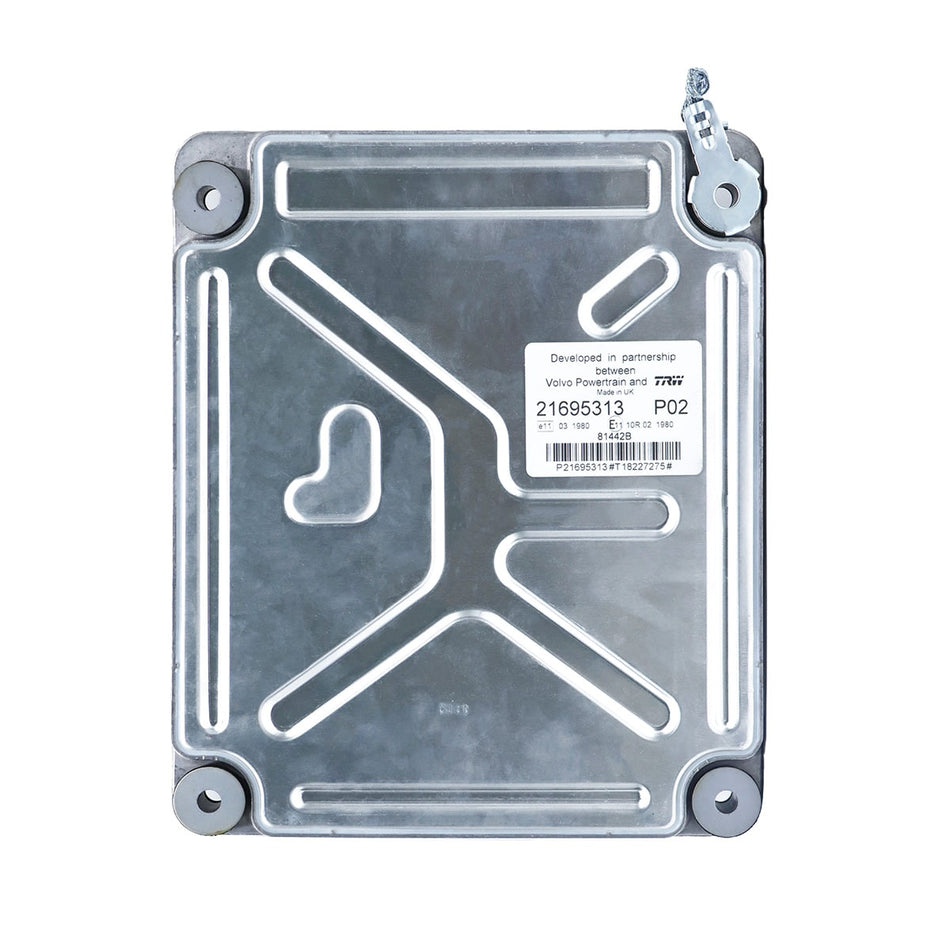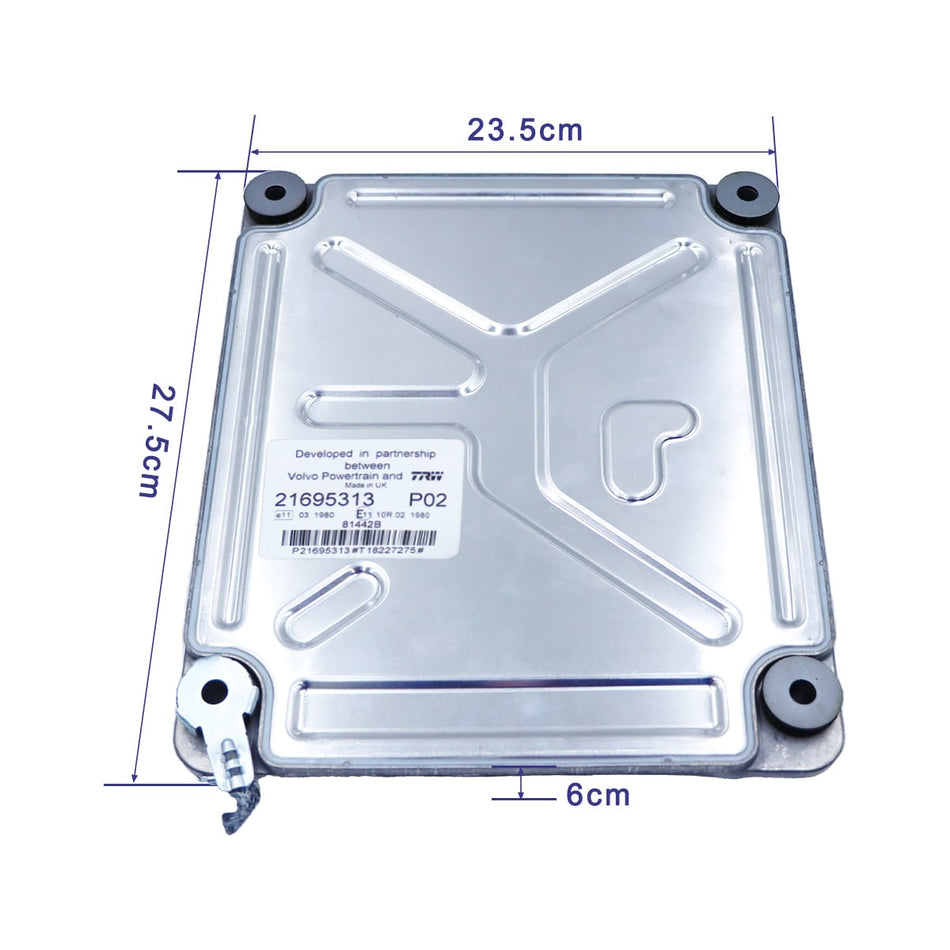In the demanding world of engineering machinery—think bulldozers, excavators, and diesel generators—maximizing power and fuel efficiency is non-negotiable. This is where turbochargers shine. But how exactly do these devices work? What sets them apart from superchargers? This knowledge will not only deepen your understanding of engine-related technologies but also help you make more informed decisions when it comes to maintaining or upgrading construction machinery engines. Let's dive in!
What is a Turbocharger?
A turbocharger is a turbine-driven forced induction device that increases an engine’s efficiency and power output by compressing air entering the combustion chamber. This process allows more fuel to be burned, generating greater horsepower without enlarging the engine size—a critical advantage for heavy-duty machinery.
At its core, a turbocharger consists of two key components:
-
Turbine Wheel: Driven by exhaust gases from the engine.
-
Compressor Wheel: Connected to the turbine, it forces compressed air into the engine
By recycling wasted exhaust energy, turbochargers deliver "free" power gains while improving fuel economy—a win-win for industrial applications.
How Does a Turbocharger Work?

- Exhaust Gas Flow: The engine expels exhaust gases at high pressure and temperature. These gases enter the turbine housing of the turbocharger.
- Turbine Rotation: The force of the exhaust gases causes the turbine blades to spin. The faster the engine runs, the more exhaust gases are produced, and the faster the turbine spins.
- Compressor Operation: As the turbine spins, the connected compressor also rotates. The compressor sucks in air from the outside, compresses it, and then forces the high-pressure air into the engine's intake manifold.
- Combustion Enhancement: The compressed air provides more oxygen for combustion. When more oxygen is available, more fuel can be burned efficiently, increasing the engine's power output.
Turbocharger vs. Supercharger
While both turbochargers and superchargers force air into engines, their differences are stark—especially in industrial settings:

Turbocharger |
Supercharger |
|
|
Power Source |
Exhaust gases |
Engine crankshaft (belt-driven) |
| Efficiency | Higher (uses wasted energy | Lower (consumes engine power |
| Response Time |
Slight lag |
instant boost |
| Cost & Complexity | Moderate | Higher |
| Best For |
Heavy machinery Long-duration workloads |
High-revving applications |
Why Turbochargers Are Essential for Engineering Machinery
-
Fuel Efficiency Under Load: Construction equipment often idles or operates at partial throttle. Turbos optimize combustion across RPM ranges, cutting fuel costs by 10–20%.
-
Durability in Harsh Conditions: Modern turbos are built to withstand extreme temperatures and particulate-heavy environments (e.g., construction sites).
-
Emissions Compliance: Stricter Tier 4 and Euro VI standards make turbocharging vital for reducing NOx and particulate matter.
Why Choose SINOCMP's Turbocharger?
-
Precision Engineering:
Our turbocharger control modules and fuel injectors are tested to match OEM specifications for CAT, Hitachi, and Kobelco engines, and so on. -
Cost Savings:
Save up to 40% compared to OEM parts—our remanufactured turbochargers deliver 95% of new unit performance at half the price. -
Fast Global Delivery
Visit www.sinocmp.com to explore our catalog or contact our customer service for quotes and tailored solutions.



